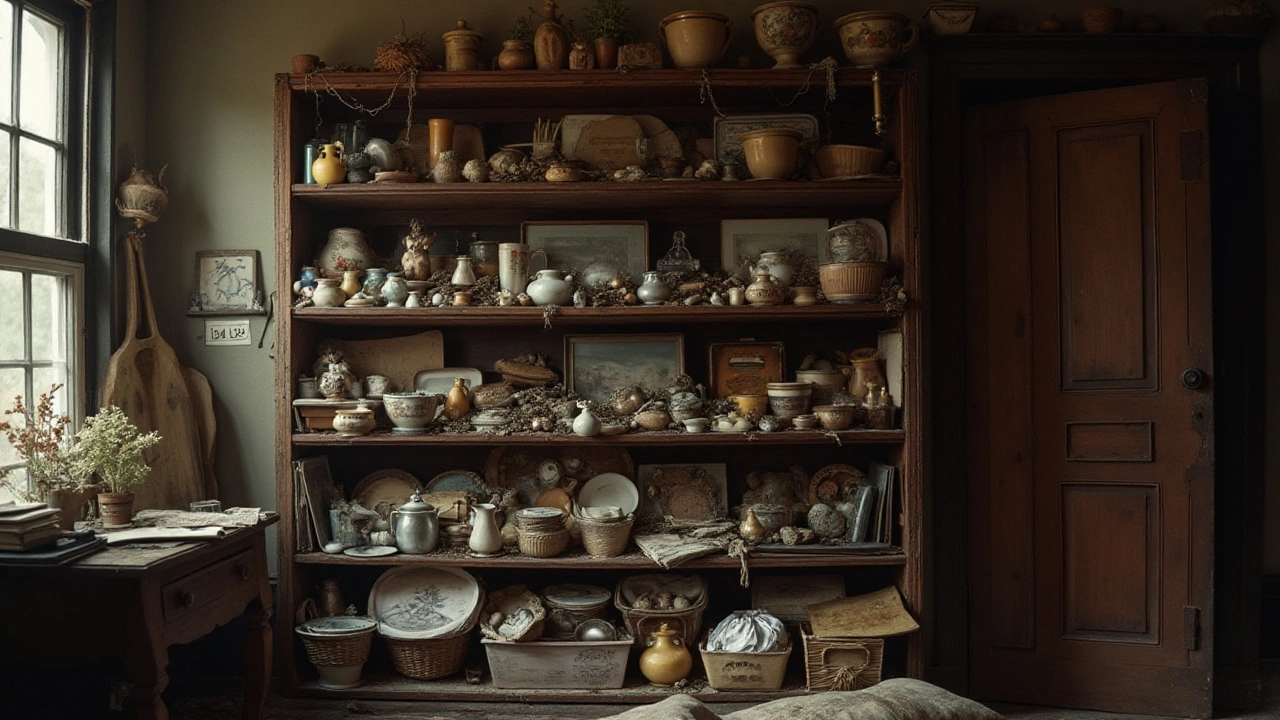Shelving Disadvantages – What You Need to Know Before You Buy
Thinking about adding extra shelves to tidy up the house? Shelving looks great on paper, but it can bring a few headaches you might not expect. Below we’ll walk through the most common pitfalls so you can decide if shelves are really the right fix for your space.
Weight and Safety Issues
Most people assume any shelf will hold the stuff they put on it. In reality, weight limits vary a lot depending on the material and how the shelf is mounted. A thin particle‑board unit might look sleek, but it can bow or collapse under a few heavy books or kitchenware. Always check the manufacturer’s rating and use proper anchors – especially on drywall. Ignoring this can lead to cracked walls, damaged items, or even injuries if a shelf gives way.
Safety isn’t just about breaking under weight. Bottom‑mounted brackets can be a tripping hazard in high‑traffic rooms, and sharp shelf edges can snag clothing or scratch skin. If you have kids or pets, consider rounded edges or protective caps to keep things safe.
Space and Design Limitations
Adding shelves sounds like a space‑saving move, but it can actually shrink usable floor area. Floor‑standing units take up square footage that could be used for seating or walking paths. Wall‑mounted shelves, while freeing the floor, eat up wall space that might be needed for art, mirrors, or windows. Before you install, map out where you’ll stand, reach, and move. A quick tape‑measure check can save you from a cramped room later.
Design-wise, mismatched shelves can clash with the rest of your décor. If the finish doesn’t blend with existing furniture, you’ll end up with a jarring look that feels cheap rather than cohesive. Stick to a style that matches your existing palette, or go for neutral wood tones that suit most rooms.
Another hidden cost is maintenance. Shelves made from low‑grade MDF or particle board can swell when exposed to moisture – think kitchens and bathrooms. Over time, the board warps, the finish peels, and you’re left with a sagging, ugly sight. Investing in solid wood or metal may cost more upfront, but it pays off with durability and fewer repairs.
Lastly, think about the environmental impact. Cheap shelves often use non‑recyclable plastics and low‑quality adhesives that aren’t eco‑friendly. If you care about green living, look for FSC‑certified wood, reclaimed materials, or metal that can be fully recycled. This aligns with Eco Harmony Home’s mission of sustainable home goods.
In short, shelves can be a handy storage solution, but they’re not a one‑size‑fits‑all answer. Check weight limits, consider floor and wall space, match the design, and choose durable, low‑impact materials. Do a quick cost‑vs‑benefit test – if the shelf solves a real problem without creating new ones, it’s worth the investment. Otherwise, you might be better off with alternative storage like bins, drawers, or multifunctional furniture.
-

Understanding the Drawbacks of Shelving Systems
Shelving, while often practical and aesthetically pleasing, can present several challenges. Some of the disadvantages include limited space flexibility, difficulty in installation, and maintenance concerns like dust accumulation. The arrangement may not accommodate varying storage needs, leading to inefficiency. Additionally, poor shelving choices can disrupt the aesthetic balance of a room. Exploring these disadvantages can help in making informed choices.
